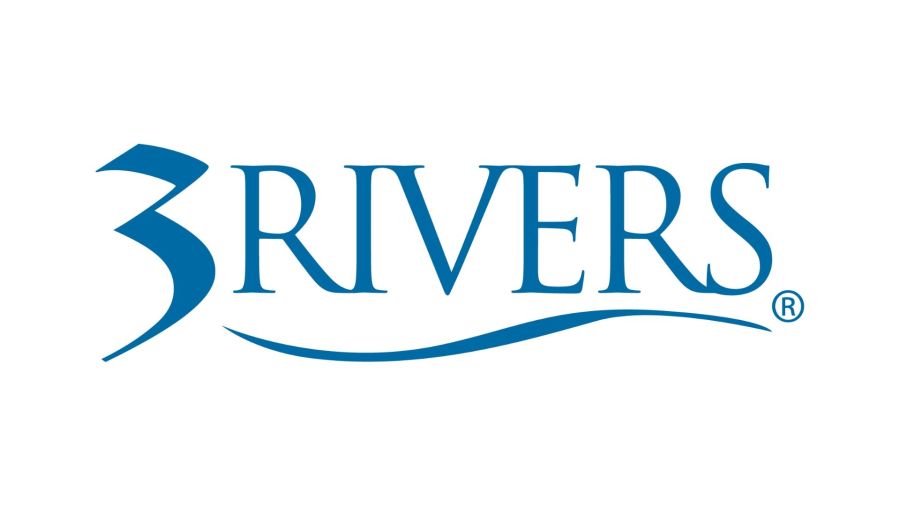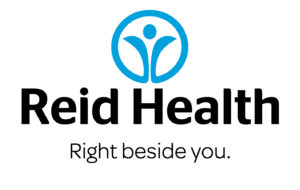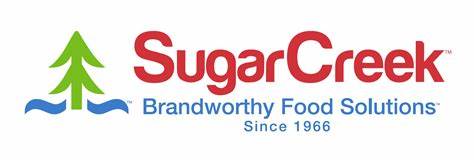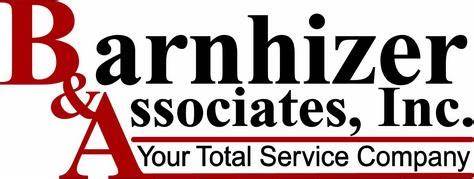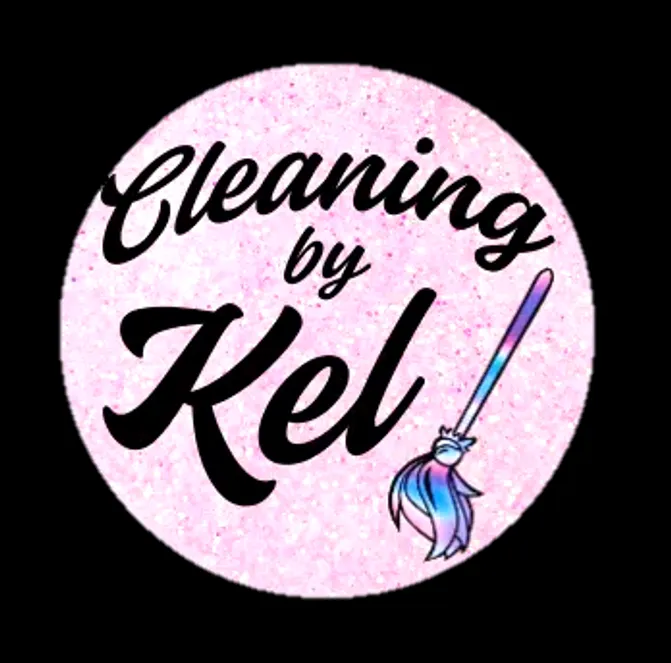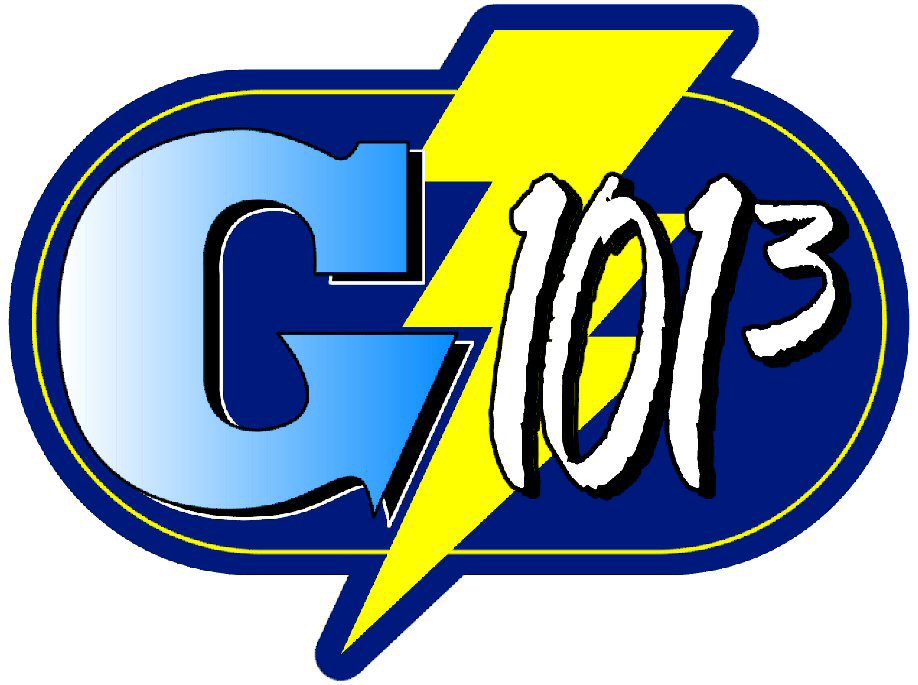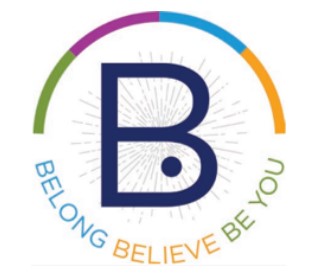Additional Resources
Books for Students
Blackstone, M., Guest, E. H., & Pollak, B. (2006). Girl stuff: A survival guide to growing up. New York: Harcourt. ISBN 0152056793
The tag line is “Answers to every girl’s questions — especially the ones she’s afraid to ask!” The author consulted with our own staff when writing an earlier edition of this guide for girls, explaining both the physical and psychological aspects of puberty. A sample of chapter headings include: “What’s going on inside,” “The zen of acne,” “Peer pressure,” “Protecting yourself,” “What you never wanted anyone to know you want to know about sex,” plus resources for preteens and teens, in addition to recommended reading.
Gravelle, K., Gravelle, J., & Palen, D., (Ill.). (2006). The period book: Everything you don’t want to ask (but need to know) (updated ed.). New York: Walker. ISBN 0802777368
The co-authors are an aunt-and-niece (15 years old) combination. Their intention is to encourage other people to ask and answer important questions within their own families. This updated edition includes information about body image.
Harris, R. H., & Emberley, M., (Ill.). (2009). It’s perfectly normal: Changing bodies, growing up, sex, and sexual health. Cambridge, MA: Candlewick Press. ISBN 0763644846
People of all ages find solid information and humor in the cartoon-like artwork irresistible. You may have to get two copies in order to have one on hand when the first one slips away. The recommended ages of the reader are 10 and up.
Madaras, L., Madaras, A., & Sullivan, S., (Ill.). (2007). “What’s happening to my body” book for girls. New York: Newmarket Press. ISBN 1557047642
This resource has been revised to include more information on eating disorders; homosexuality; “unwarranted attention” because of early development; an expanded section on when girls will begin puberty; and information on STDs, AIDS, and birth control. Black-and-white drawings illustrate practical answers to questions about growing up and how the changes affect girls’ bodies. The lack of colorful graphics and appealing text give the book a dull appearance, but it contains many useful facts.
McCoy, K., & Wibbelsman, C. (2003). Growing and changing: A handbook for preteens. New York: Penguin. ISBN 0399528989
From the authors of The Teenage Body Book comes a helpful resource for the “tweens.” The chapter headings include: when will my body start changing, how girls grow and change, how boys grow and change, how tall will I be, what is the best weight, caring for changing bodies, coping with the common problems of puberty, how to talk with your doctor (or school nurse), and how to talk with your parents. The question-and-answer format with lots of white space makes this reader friendly and appealing to this age group, which needs serious advice for their concerns about their development.
Medina, S. (2010). Know the facts about relationships. New York: Rosen. ISBN 1435853423
As part of the “Know the Facts” series, this book uses teen-friendly language and graphics. Medina discusses many types of relationships, including family, friend, and dating. She includes quizzes and sidebars to help readers think and talk about healthy relationships.
Books for Adults
Berman, L.. (2009). Talking to your kids about sex: Turning “the talk” into a conversation for life. New York: Dorling Kindersley. ISBN 0756657385
Dr. Berman applies her expertise as a therapist and educator to delivering advice to parents and other adults. With a clear, open manner, she gives the essentials of easy-to-explain information, critical questions to ask, good timing, and a sense of humor.”
Madison, L. (1999). Keep talking: A mother-daughter guide to the pre-teen years. Kansas City, MO: Andrews and McMeel. ISBN 0836287363
The authors recognize that many girls live in family situations that involve important adults other than a mother. The suggested exercises might have to be adapted for the specific circumstances of individual girls or skipped entirely. The purpose remains the same: help for establishing and maintaining a better relationship between girls and the significant adult in their lives. An example of one of the exercises is a 10-question quiz that provides answers showing how well each one knows the other. Another activity involves the adult answering questions about how she felt at the age that the young girl is now.
Maxwell, S. (2008). The talk: What your kids need to hear from you about sex. New York: Penguin. ISBN 158333310X
With a focus on love and intimacy, Dr. Maxwell gives advice on how adults can discuss sex with teens and preteens. She addresses many timely topics including Internet chat rooms, co-ed sleepovers, and sexuality in the media.
Overton, S. (2010). Before It’s Too Late: What Parents Need to Know about Teen Pregnancy and STD Prevention. Bloomington, IN: iUniverse. ISBN 9781450253666
Dr. Overton offers a fresh perspective and medical expertise in this thoughtful, comprehensive guide. Before It’s Too Late teaches parents about trends in teen sexual behavior, teen pregnancy-individual and societal impact, prevention strategies, STDs, teens and abstinence, birth control and teens and communicating with kids about sex-being approachable
Westheimer, R. K., & Lehu, P. (2008). Dr. Ruth’s guide to teens and sex today: From social networking to friends with benefits. New York: Teachers College Press. ISBN 0807749052
Dr. Ruth brings her no-nonsense, approachable style to this handy guide. The authors address current issues including cyberbullying and social networking sites. This book will be useful for parents, as well as for adults working with teens and preteens.
Web-site directory
Internet Resources for Teens, Parents, and Facilitators
These sites, most of which are geared towards teens, contain accurate information on sexuality and sexual health. Many are open and forthright on topics of interest (and concern) for teens. Adults may wish to preview the sites before recommending them to younger teens.
www.advocatesforyouth.org
Advocates for Youth has lots of information for parents and teens to help young people make informed and responsible decisions about their reproductive and sexual health.
www.beinggirl.com
Being Girl: This fun site for girls answers questions about puberty.
www.birdsandbees.org
The Birds & Bees Project: Information on birth control, pregnancy, and STDs and links to other sites.
www.goaskalice.columbia.edu
Go Ask Alice: This site from the Columbia University Health Education Program features lots of questions and answers on all kinds of relationship, sexuality, and sexual health issues for teens.
www.greaterthan.org
Greater Than AIDS: Greater Than AIDS is one part of CDC’s national Act Against AIDS campaign. The site focuses on encouraging young African Americans to talk about HIV and what can be done to prevent it.
www.gurl.com
gURL.com: Information on issues that affect the lives of girls 13 years of age and older. As fun and funky as the book by the same name.
www.healthyteennetwork.org
The Healthy Teen Network promotes teen pregnancy prevention and successful teen parenting and families.
www.iwannaknow.org
IWannaKnow.org: This site from the American Social Health Association includes information on STDs, body basics, and advice on dealing with peer pressure.
www.loveisrespect.org
Love is Respect provides information on healthy relationships, signs of abuse, and support and education for parents.
www.scarleteen.com
Scarleteen: Advice, articles, and information addressing sexuality and sexual health issues for children and parents.
www.sexetc.org
Sex, Etc. of Rutgers University:Created by teens for teens (and parents, too).
www.thenationalcampaign.org
www.stayteen.org
Websites for the National Campaign to Prevent Teen and Unplanned Pregnancy – a wealth of information for parents and teens.




